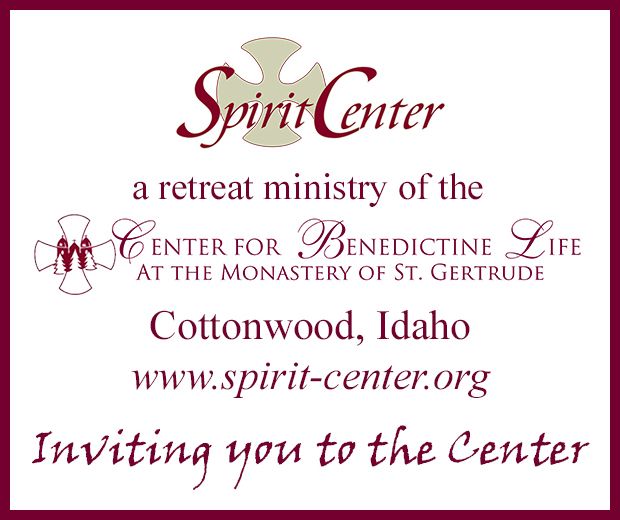What do you want to ask a Buddhist? Fill out the form below or submit your question online.
I know Buddhism teaches not to kill. But what about circumstances that call for euthanasia and physician assisted suicide?

For Buddhists, our fundamental motivation each day is to do no harm and to benefit all as much as we are able. If this motivation is remembered daily, one develops thorough familiarity with it so that it can be called up during difficult times. As we face the death of a loved one, this motivation will help us to have a peaceful and calm mind so that we can fully support the dying person and their loved ones.
But as many of us know from experience when it comes to our loved ones—be it a family member, friend or pet—our strong attachment makes it harder to remember and follow these motivations. Watching a loved one suffer can be unbearable. Many times, we struggle to get clear about what is wise and compassionate action, especially when our emotions are stirred up from caring for them.
The loss of a dear one seems intensified because we are losing someone who has known us maybe all our lives. They know us better than anyone and now they are leaving us. The sense of dread and loss can be overwhelming. We feel helpless because we can’t stop their dying, and at the same time we want to support them through the transition. Because we have a strong desire to help, we may feel compelled to do so by supporting them with assisted suicide or euthanasia. It appears to be a genuine expression of our compassion and love.
However, our Buddhist practice encourages us to check what is in our minds and hearts. When a loved one is in pain and is dying, is it actually their suffering we can’t bear? Or is it our own suffering that feels unbearable? This is a subtle but important distinction. It is very hard to watch others suffer—that’s true. But we can also fall into personal distress, turning our attention to our suffering instead of theirs. When this happens, we may be unable to be present for them when they need a steady, calm and caring voice. So, it’s important to ask ourselves where our focus is when our loved one is dying?
This applies to the death of a pet too, who we may consider our best friends. Often, we react to our pet’s suffering without knowing what our pet is actually experiencing. Animals have an amazing ability to accept what comes without a lot of melodrama. They can tolerate a lot of discomfort and pain. They don’t have minds like ours that ruminate about what is happening, which makes things so much worse.
While being present with their suffering, we can choose to support our loved one in a way that helps minimize their pain. Medical science has an array of medications for animals and people to help reduce the pain and anxiety that may manifest during the last days of life. For all beings, the most precious thing we have is our life as we can see by the level of care, attention and importance we give our lives. For Buddhists, the experience of dying is an opportunity to cultivate compassion, love, gratitude and to practice letting go.
It’s important when our loved one is dying to rejoice with them in their goodness, and to remind them of all the wonderful qualities they shared with the world. This can give them a sense of peace. We can let them know that their good hearts will continue through the good hearts of all those they came in contact with. We can support them by helping them release any guilt or regret they may be holding on to, encouraging them to forgive those who may have harmed them and to ask forgiveness for those they may have harmed. They can do this silently in their hearts.
For both pets and people, we can recite mantras—the words spoken by an enlightened being— which can bring a lessening of fear. The sound is comforting for many and keeps our hearts and minds connected to them in a clear loving way.
All beings will experience birth, aging, sickness and death and this cycle has gone on since beginningless time. By familiarizing with positive motivations and developing mindful presence, we can support our loved one to have a calm and peaceful death.






